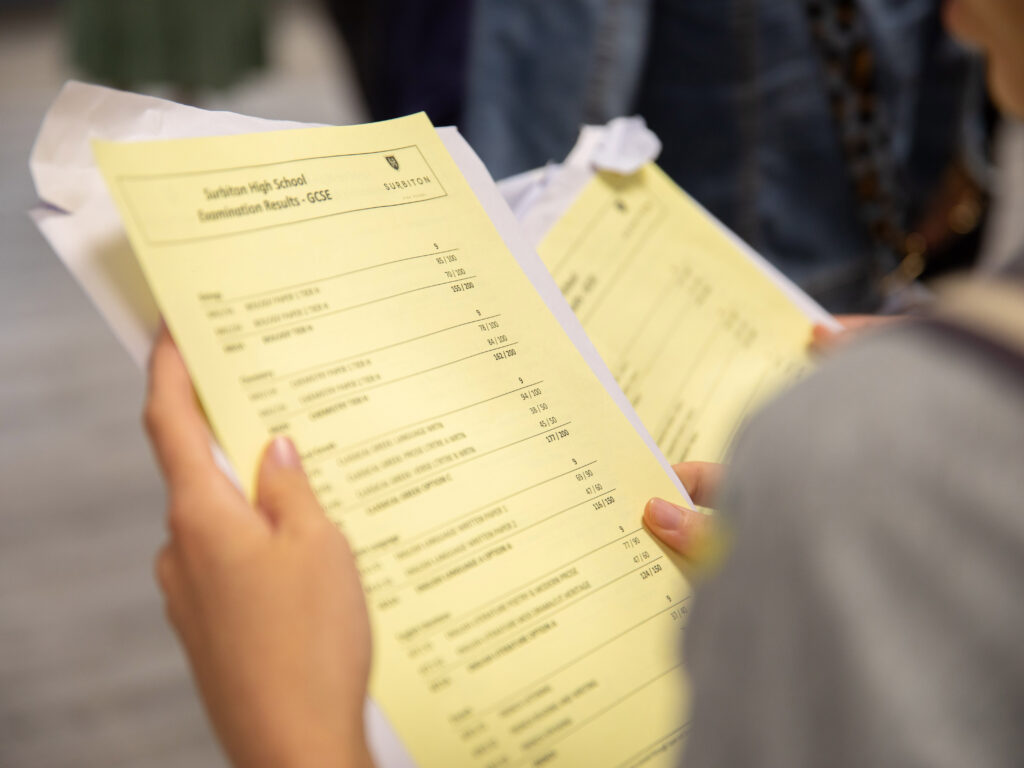Each August, as envelopes are opened and results revealed, the numbers on a GCSE certificate represent years of commitment, perseverance, and intellectual curiosity. Yet, for many parents who studied in a different country or with a different grading system pupils, the question still arises – what exactly do these numbers mean?
The current GCSE grading system in England was gradually introduced from 2017 to replace the familiar A* to G scale. Today, pupils receive grades from 9 to 1, with 9 representing the very highest standard of achievement. This new system was designed to offer greater clarity at the top end, enabling truly exceptional performances to be recognised. A grade 9, for example, goes beyond the former A* and is reserved for the most outstanding pupils nationwide.
Grades 7 and 8 align with the strong A and A* range, providing clear recognition of high attainment and academic rigour. The numerical scale therefore offers more distinction among pupils performing at the highest levels, ensuring universities, employers, and sixth forms can see excellence reflected more precisely.
Grade Comparison
| New Grade | Approximate Old Grade Equivalent | Description |
| 9 | Above A* | Exceptional |
| 8 | A* / A High | Excellent |
| 7 | A Low | High achievement |
| 6 | B High | Good |
| 5 | B Low / C High | Strong pass |
| 4 | C Low | Standard pass |
| 3–1 | D, E, F, G | Lower passes |
| U | U | Ungraded / Fail |
If you are interested in further information about education beyond GCSEs, please head to our Sixth Form pages to discover the breadth of A-levels on offer here at Surbiton High School.




